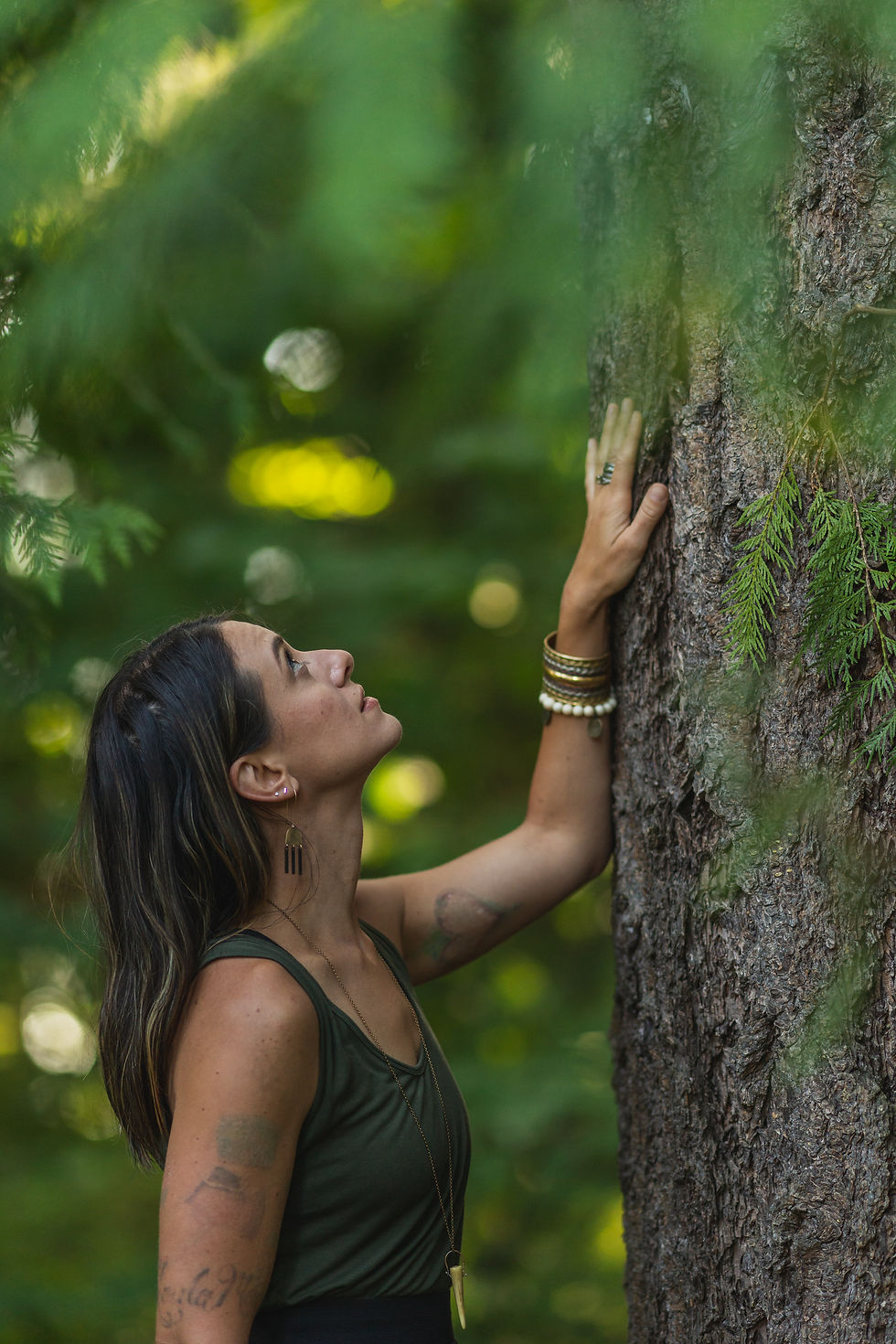Going Wild
- Faith Dionne
- May 9, 2019
- 1 min read
Updated: Jun 20, 2019

I choose to feature Oregon’s native wild botanicals in JAZ Spirits. The plants know where to grow successfully, have their own defenses against pest and drought, and propagate themselves. The only human input is at the time of picking, which is done completely by hand.
In contrast, whether a farm is organic or conventional, humans change the natural balance. We clear the fields with machines, weed out the natives, control the pests, fertilize the soil, and divert water to grow our crops. Modern civilization has created a food system that depends on human input, and we have been enormously successful in providing a reliable source of food for our flourishing population.
We should not all be foraging for our daily food, there are simply too many of us, and other wild creatures also partake of those foods. However, native people lived for millennia in these lands harvesting and preparing wild foods. As a method of connecting to the nature around us, we can enjoy occasional wild delicacies, weaving them into our cultivated diet.
As a forager, I choose harvests that will not harm the original organism, and harvest plants lightly. Salal berries and Sitka Spruce tips are abundant enough for both my picking and to attain their wild purposes, making them a low impact wild food. A rule of thumb is to never harvest more than a third of the offering. Think of it as: harvest so that no one would notice that you did.





Comments